who is chitosan nanoparticles suppliers?Chitosan is a bio polymer that has been widely used in a variety of fields such as bio-pharmaceutical production, water treatment, food industry, etc. due to its low price as well as biological properties such as biodegradability, antibacterial and safety. By reducing the size of the chitosan particles to nano dimensions, better properties such as increased absorption, coating and bonding ability are achieved as a result of the increased surface area of the particles. In continue read more about chitosan nanoparticles research papers, chitosan nanoparticles in agriculture and chitosan nanoparticles in dentistry.
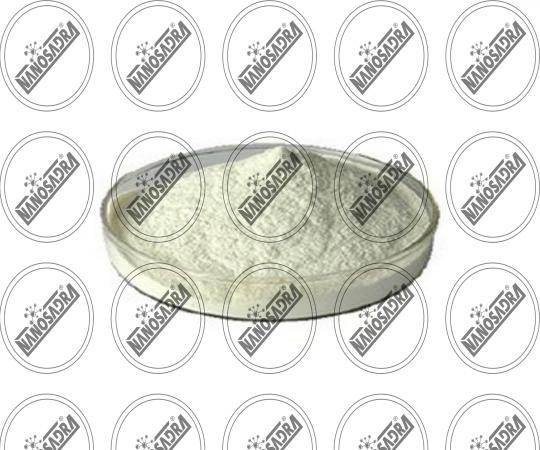
How much does it cost to start producing chitosan?
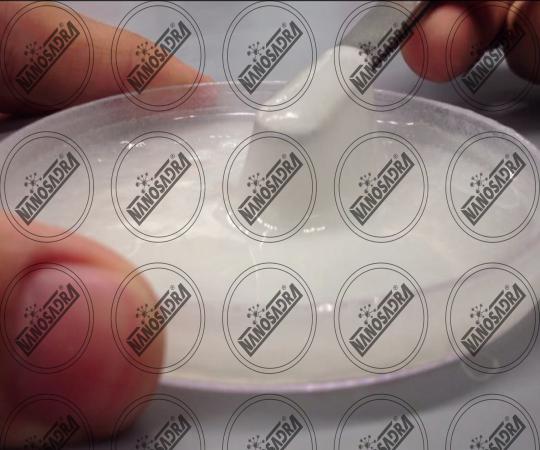 The ketine and chitosan production plan has undergone the laboratory phase and is in the pilot or semi-industrial phase; also the laboratory phase of the gelatin production project is ongoing and will soon enter the pilot production phase.
The ketine and chitosan production plan has undergone the laboratory phase and is in the pilot or semi-industrial phase; also the laboratory phase of the gelatin production project is ongoing and will soon enter the pilot production phase.
These materials are produced in the laboratory at a gram scale of less than one kg but in the pilot phase to investigate the economical feasibility of high-scale production. Chitin and chitosan are used in the production of chitin and shrimp waste, however shrimp waste is more common in the province. .
Chitin and chitosan are the most abundant polysaccharides found in nature after cellulose, which are used in various industries such as medicine to reduce human cholesterol and pharmaceuticals to produce preservatives because of their antimicrobial properties. It has also been used for dialysis because of its antioxidant properties. Other uses of chitin and chitosan are in medicine as artificial skin in cases of skin burns, in agriculture for the nutrition of plants and as stabilizers of fertilizers and in the paper and paint industries.
What are the raw materials of chitosan?
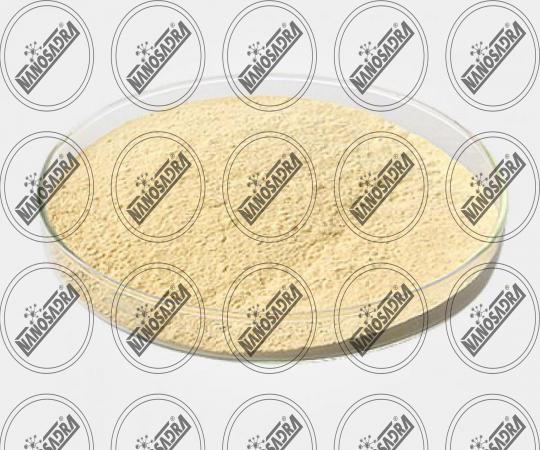 chitosan nanoparticles review is a derivative of glucan with recurrent chitin units. Chitin and chitosan industrial production permit was obtained at Bushehr Islamic Azad University in Bushehr in the last year. This shrimp product has about 7,000 actual uses and is considered as a relative advantage in Bushehr province due to its abundance of raw materials.
chitosan nanoparticles review is a derivative of glucan with recurrent chitin units. Chitin and chitosan industrial production permit was obtained at Bushehr Islamic Azad University in Bushehr in the last year. This shrimp product has about 7,000 actual uses and is considered as a relative advantage in Bushehr province due to its abundance of raw materials.
Chitin nanofiber is a new material from crab skin. Chitin nanofibers have high mechanical strength, high tensile strength and low thermal expansion coefficient. Therefore, there is an application of chitin nanofibers as fiber reinforcers for plastics and so on. In addition, chitosan nanofibers derived from chitin can be used as a coating and as an additive for adhesives or cosmetics, which is used in biomedical, electronics, optics, and more.
The difference between chitin nanofibers and chitosan nanofibers is in the biological composition and biological capabilities of chitin and chitosan. Chitin and chitosan are used in medicine for wounds caused by skin damage, and medical programs are further studied based on these therapeutic properties.
Applications of chitosan nanoparticles in industries
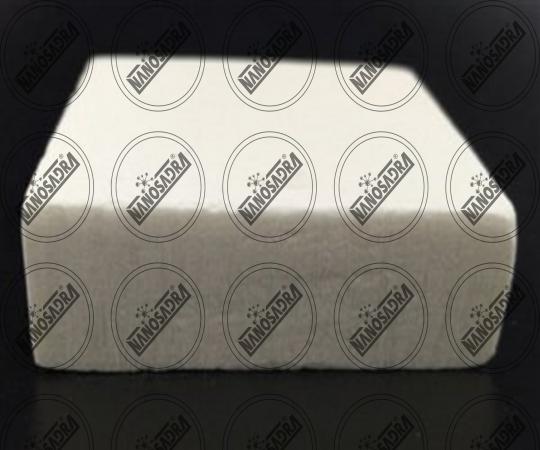
- Paper and packaging industries
Its high biodegradability and environmental compatibility have made chitin and Chitosan nanofibers used in packaging and recyclable paper. Chitosan nanofibers can be easily used in paper mills because of its high structural similarity to cellulose. Chitosan paper has a high surface area and high moisture resistance, which is very suitable for printing and painting. The paper is also flexible and durable due to hydrogen bonds between the polymer chains and withstands tear resistance. In addition, chitosan is used in food packaging industries due to its antimicrobial properties.
- Textile Industry
As a non-toxic, biodegradable and environmentally friendly natural biopolymer, chitosan is a good choice for use in the textile industry and in addition, the antibacterial properties of this sample of fibers have made it today used in sportswear, women’s clothing, children And fine, fine, odorless and anti-allergic clothing.
- Food industry
Chitosan nanofibers is used as an additive in meat and dairy products due to its antimicrobial and antioxidant properties as well as preventing taste changes and enhancing shelf life. Also in food packaging, chitosan films are safe and widely used in food packaging. In addition to being antimicrobial, these packages have good mechanical properties.
How to use different grades of chitosan?
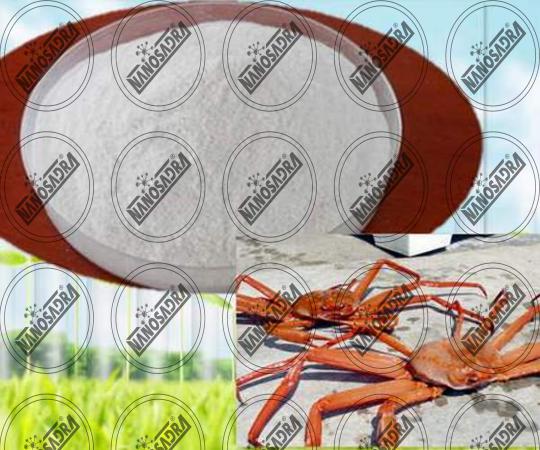 Chitosan nanofibers is of medical application due to its natural origin and the ode degradation properties of biodegradability, biocompatibility, non-toxicity and antimicrobial capacity. Using electrodes, non-woven nanofibers are produced so that the wound surface has a special surface and small pores. This property is good for absorbing exudates and prevents bacteria from penetrating, thereby healing wounds.
Chitosan nanofibers is of medical application due to its natural origin and the ode degradation properties of biodegradability, biocompatibility, non-toxicity and antimicrobial capacity. Using electrodes, non-woven nanofibers are produced so that the wound surface has a special surface and small pores. This property is good for absorbing exudates and prevents bacteria from penetrating, thereby healing wounds.
For this reason, chitosan mixtures are used to produce nanofiber dressings and the description of the structural, mechanical and biological properties for further studies is very promising. Nowadays, researchers are looking for biological materials that provide high-quality modern dressings designed to improve wound healing. In this chapter, electrical parameters that influence the properties of chitosan-based nanofibers for wound dressing are highlighted.
Following are the applications of chitin and chitosan nanofibers:
- Increase the moisture content of the skin.
- Suppress inflammation caused by skin damage and biological repair of tissue.3Protect the skin against external stimuli.
- Increase hair growth.
- The use of chitin nanofiber as a fiber reinforced material due to its high strength, high flexibility and low thermal expansion coefficient.
- Suppress elevated blood cholesterol and lipid concentrations.

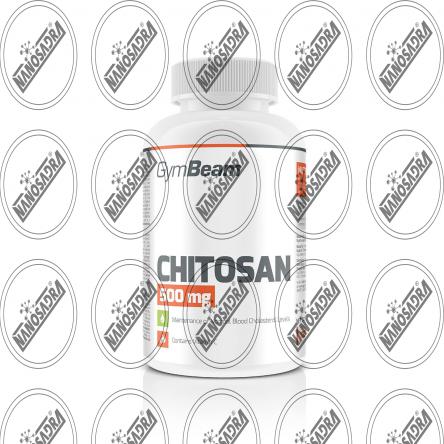
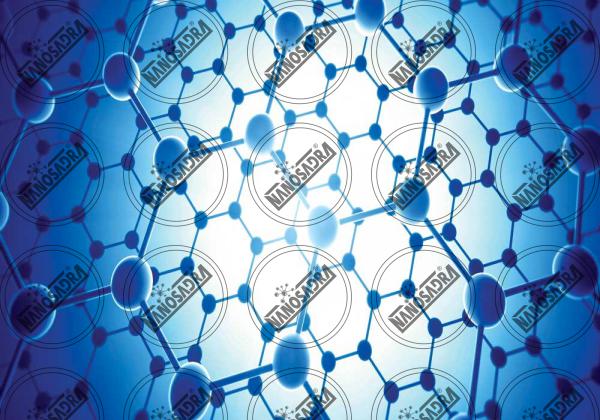
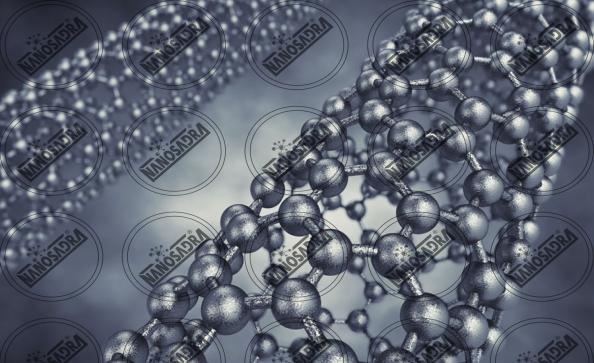
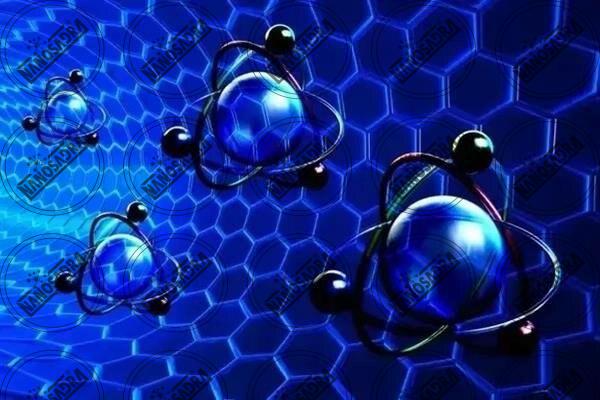
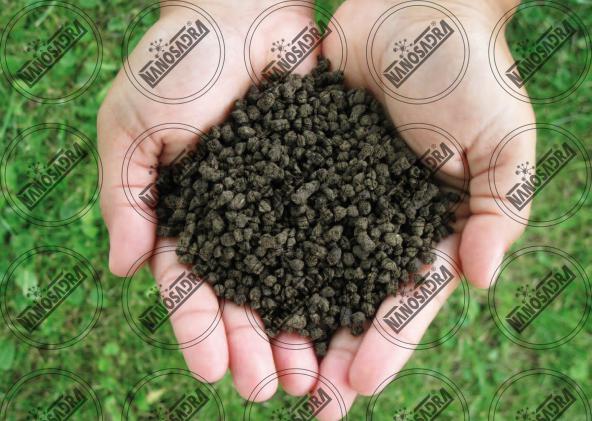
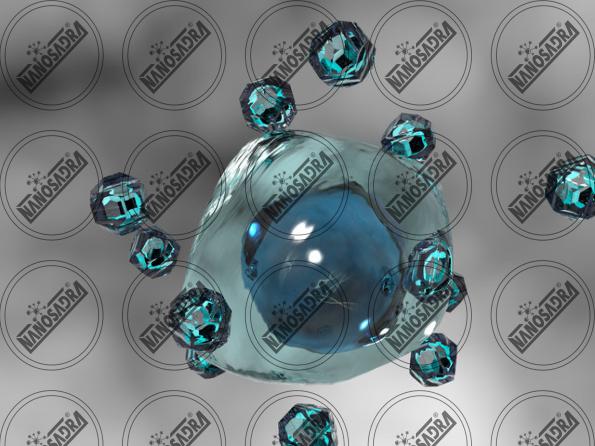
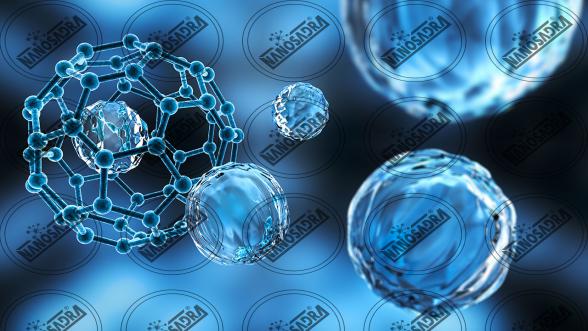
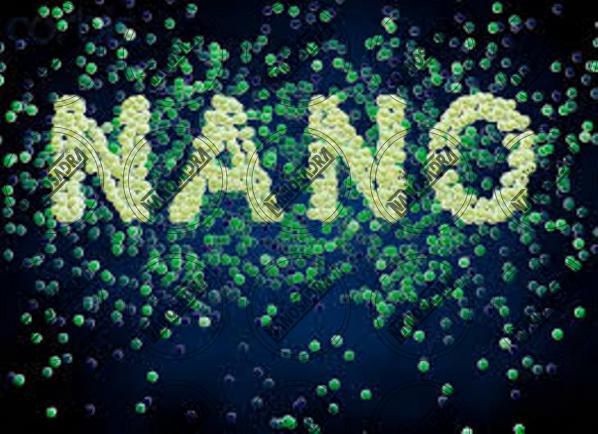
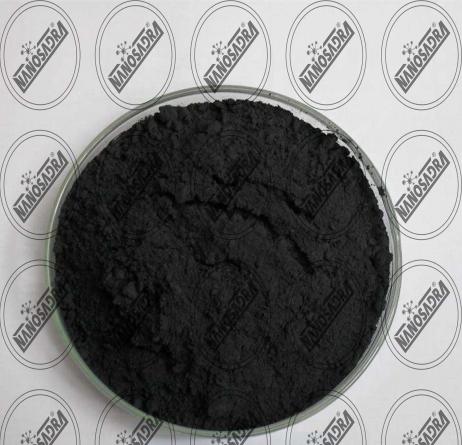
Your comment submitted.